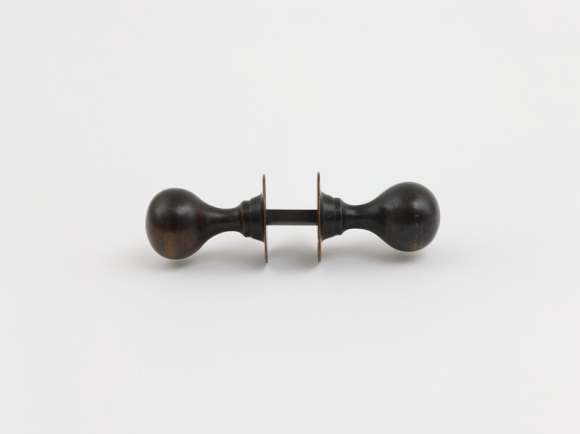A powerful new exhibition at Colchester’s Firstsite gallery, co-curated by people seeking to build new lives in Britain, will reveal the experiences of newcomers to our shores in ways that are very rarely seen.
My name is not Refugee is an opportunity to see past the label of ‘refugee’ and, whilst acknowledging the conflict or trauma which may have been experienced, instead focus on the lives of the contributors before and after arriving in the UK. The exhibition will reveal commonalities between visitors to the exhibition and the first-time curators, creating a greater understanding about our community, finding out what we all share and how we are all connected.
My name is not Refugee is the fourth in the Essex gallery’s series of National Partners Programme exhibitions with the Arts Council Collection, continuing Firstsite’s new collaborative curatorial process designed to make exhibitions that reflect the lives and most pressing issues faced by local people from all sections of society, through incorporating them directly in the exhibition making process.
For this exhibition Firstsite has collaborated with clients and volunteers from Refugee Action - Colchester to create a show which reflects their lives and experiences. During initial conversations about the exhibition, three questions arose - ‘What is the main purpose of humanity?’, ‘Do we live by force or choice?’ and ‘How do we decide what is right and what is wrong?’ As these questions were explored with more people from the group, certain common themes arose, which have been expressed and explored through artworks from the Arts Council Collection and other collections. Each piece in the exhibition has a direct relevance to a conversation had by the group.
In all, there are five different themes that run through the exhibition, namely Journey, Communication, Religion, Environment and Impermanence.
Of the selected artworks for Journey, highlights include 1993 Turner Prize winner Rachel Whiteread’s Untitled (1993), which is a pair of bronze door handles joined together but without a door, and two pieces from Mariele Neudecker’s Memory Maps series (1996).

